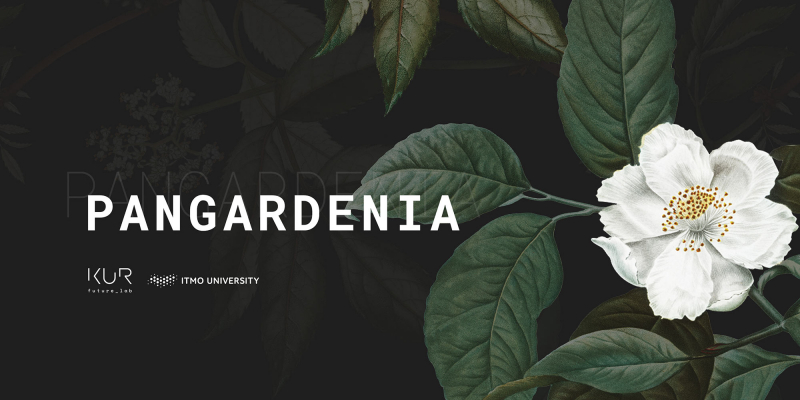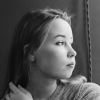Bachelor of Informational Systems and Technologies at LETI
Experience as a Volunteer at ITMO’s Art & Science Center
My experience volunteering for the Ars Electronica festival held in early September at ITMO's newly-opened art residence.

How I became a volunteer
The Art & Science Master's program at ITMO is a unique program with nothing similar in Russia. I have been following its Instagram for almost a year and every time I was amazed by how art can be created with the help of scientific knowledge and experiments. When they posted a request for volunteers, I thought it was my chance to get closer to the art and contribute to the creation of the exhibition and asked them for further information. Besides, volunteering is a wonderful chance to get to know new people, talk to artists face-to-face and become aware of how exhibitions are created.
About the event
A few words about the exhibition itself. "Pangardenia' was held in a new venue called "AIR' - Art.ITMO.residence. It takes place within the framework of the Kepler’s Gardens, festival from Ars Electronica, one of the largest contemporary art festivals, held annually for more than 40 years in Linz. This year, for the first time, the festival took place online in 120 cities around the world, including St. Petersburg. AIR is the only Ars Electronica offline platform in St. Petersburg, where visitors can see live projects of artists as well as Art & Science students from ITMO University. The organizer of "Pangardenia' project is the St. Petersburg online auction and the Art & Science and Digital Art KURFUTURELAB gallery. The general partner of the project is ITMO University. The "Pangardenia" exhibition is dedicated to the topic of global changes as a result of the pandemic, new opportunities and solutions. The works of the artists are united by a common idea of communicating with nature. Most of the installations are interactive, so visitors can choose their mode of interaction: observation, self-removal, tactile contact, verbal appeal, expansive actions, chilling and so on.

Volunteer duties and memories
A lot of people were working on the exhibition. The volunteers had so many different tasks that it really made us feel we had a hand in creating the project. We worked on the descriptions of installations put on the walls, cleared the gallery space and finally guided visitors around the exhibition. All in all, there are plenty of fascinating memories, but I would like to highlight two of them.
The first one was communication with artists. I worked as an art-mediator, so my duties included talking to visitors, explaining how to interact with exhibits and revealing the essence and the message of installations. That is why it was vital to know all about the art works. The best source of information about the exhibits was the artist himself. We had quite long talks about their art. It was really amazing to hear the story of creation, prerequisites and the meaning they put into their work. It felt like an interview, we listened very carefully, since we wanted to convey to visitors the true meaning of the installations.
The second greatest memory was the day when we ran art-mediation. It was the first time in my life I took on the role of an art mediator. Sometimes I worked with a group of people, and sometimes with only one person clarifying the meaning of installations to the visitors. I almost never felt nervous or uncomfortable speaking in front of the audience, but I felt responsible when I had to guide Vladimir Vasilyev, ITMO’s Rector, Anton Gopka, Dean of the Faculty of Technological Management and Innovations, Daria Kozlova, First Vice Rector of ITMO University, Dmitry Ozerkov, Head of the Art and Science Master's Degree and Marianna Chistyakova, Head of the Department of Strategic Development. It was an unusual experience, but I would be lying, if I said I did not want to try being an art mediator once again.

Insights
I was always interested in art, but I have never had an opportunity to talk to artists and ask questions directly, since usually a guide is the only one you can talk to. Artists were quite interesting to listen to. As a primary source, they explained how the installation worked and gave us an idea of the purpose of each detail of the exhibit. As for me, when I visit museums or different exhibitions, the creators of art usually seem to be unattainable. Most of the time you can get the idea put into the work, but it is usually based on your creativity and imagination. Here, as a volunteer, I could visualize the image of the creator and understand the exact meaning of the idea. I think it is a huge privilege of modern art, the ability to follow the artists in social networks, follow their creative path and always stay tuned.
Finally, my humble advice is whenever you find an opportunity to volunteer — take it! Many people resist, since it is working for free, but it is not about the money. Personal experience, impressions and new acquaintances — that is what you will get. This memory will stay with you forever.
